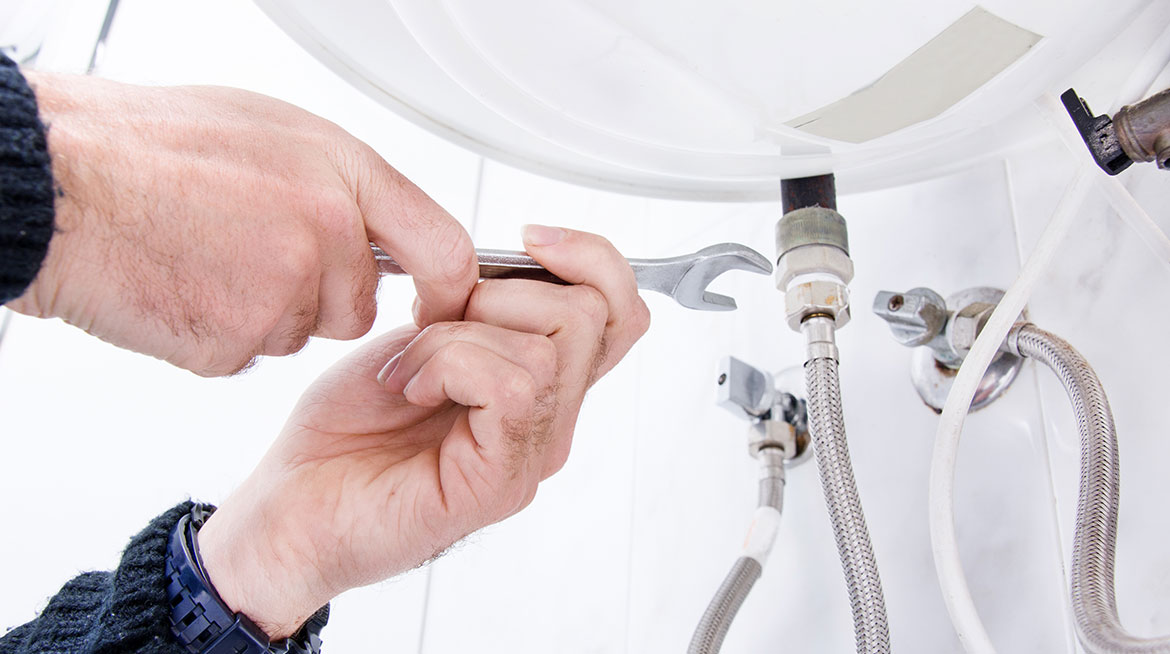Tech Corner
Thermal Safety of Instantaneous Water Heaters
By Tee Tone Vei, Thermo Hygro Consultants Sdn Bhd.

Introduction
Instantaneous Water Heater is a popular electrical appliance in Malaysia, millions of units have been installed in Malaysian homes, and it is estimated more than 300,000 units were being installed in year 2007 alone. Almost all of them are used as direct shower heater.
The functional modules of an electric instantaneous water heater in South East Asia’s design usually comprise a heating element that heats up the water passing through the heating container, a flow sensing device that turns on the heating element only when sufficient water is passing through, a power control device that controls the heating element’s output power, and a tap that controls the water flow rate.
To comply with safety regulations, it should also incorporate several safety devices, including thermal protection devices.
Risk of Scalding
The outlet water temperature from a hand shower is derived from the function of an inlet water temperature, power, and flow rate, as shown in the simplified equation: Temperature Rise °C = kW / (Flow rate in l/m X 0.076), the higher the power, or the lower the flow rate, increases the shower temperature. Also, if the inlet water temperature increases, the shower temperature will be increased proportionally.
The current MS standard limits the maximum shower temperature to 55°C, being at full power and at a minimum flow whereby the heater can operate. This protects the user frombeing scalded. However, this is based on a constant flow and at an inlet water temperature of 25 +/- 5 °C.
In many events in Malaysia the inlet water temperature can be much higher, due to reasons such as metal cistern tank / metal water filter / metal water piping that is exposed to sun light, flow sensor being activated at a
much lower flow (which is quite common), or just simply hot weather. In such event, the maximum shower temperature would be increased proportionally and could be overshot up to 70 °C.
Furthermore, after the water tap is being shut off, the residual heat in the element will push the remaining water in the heating container to a higher temperature, thus when the tap is turned on again shortly after shut off, the shower water could have a very high temperature for the initial few seconds.
Severe Scalds in Seconds
It takes only a few seconds for a severe scald to occur. According to the information published by Child Accident Prevention Trust in UK, healthy adult skin requires 30 seconds of exposure to water at 54°C – 55°C before third degree burning occurs, but only 5 seconds at 60°C and less than one second at 70°C. However, the skin of children and the elderly are even more sensitive to extreme temperatures.
It is therefore important to have a Thermal Protection Device incorporated to prevent scalding, rather than relying on the flow sensor alone. The device could be ranging from a digital temperature control to a mechanical Temperature Limiter (some referred to as Thermostat, usually self-resetting), usually the protection temperature is set in between 42°C to 52°C.
Risk of Fire and Electrocution
Most of the heating element used in instantaneous water heater can only survive if it is immersed in water. In the event of a malfunction in the control circuit or flow sensing device, the heating element may be energized even if there is no water flowing through.
When such event happens, the remaining water in the container will be heated up very quickly and may boil within a few seconds. Even if the Thermal Protection Device as described earlier is activated and cuts the heating element out when it is overheated, but since it is usually a self-resetting type, the heating element will be switched on again when the water in the container has been cooled off. Each of these cycles will take some water off, either through evaporation or escape through the outlet, until the container is totally dried out, and thus cause Dry-Burn Failure.
Dry-Burn Failure poses serious safety risks. Picture 1 & 2 below show a badly burned plastic container, and thus poses fire hazard. Picture 3 shows a punctured heating element’s protection sheath, and thus allowing water to be in contact with electrical live. In all scenarios above, when an unaware user turns on the tap, water may leak to other parts of the internal circuit and this risks electrocution.
There are a number of dry-burned cases that had happened in the market. In view of this, SIRIM and Suruhanjaya Tenaga had emphasised to all Malaysian manufacturers in July 2007 the importance of incorporating a safety Thermo-Cut out to prevent Dry-Burn failure, in addition to the Thermal Protection Device that prevents scalding. This Thermo- Cutout should be Non-Self-Resetting so that the user cannot continue to operate the malfunction appliance, and it should cut off all parts of the internal circuits.
Summary
When designed, manufactured, and used correctly, an Instantaneous Water Heater is a very reliable appliance. Care should be taken when choosing and using it as a shower heater:
- Ensure the appliance incorporates 2 levels of Thermal Protections, one to protect from scalding and another one to protect from Dry-burn Failure. (More than half of the older installed units and possibly some new units in the market have only either one of the Thermal Protections).
- When using the shower heater, always test the water temperature by hand during starting and re-starting, and if necessary, perform adjustments accordingly. This is especially important during the showering of young children and the elderly as their skin are more sensitive to extreme temperatures.
